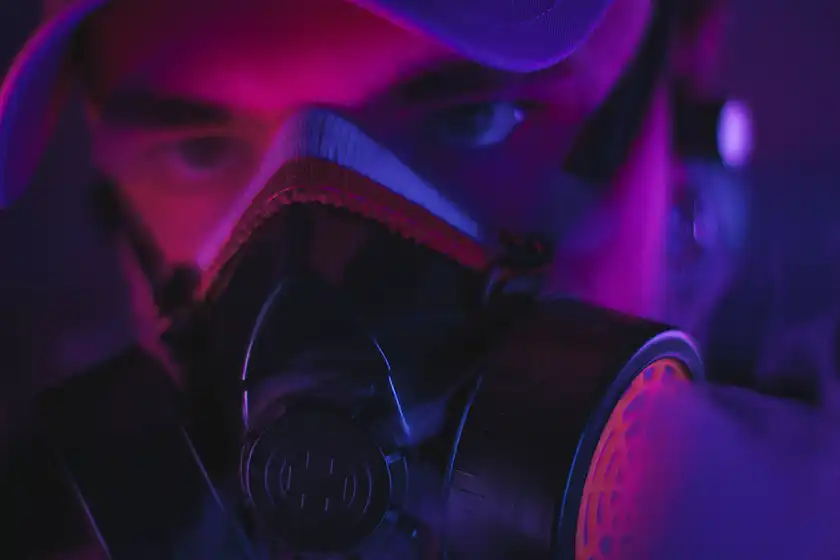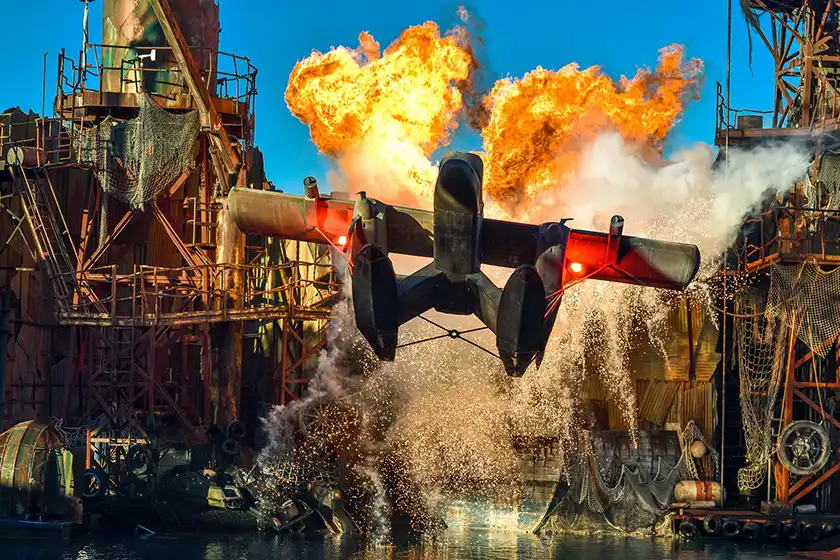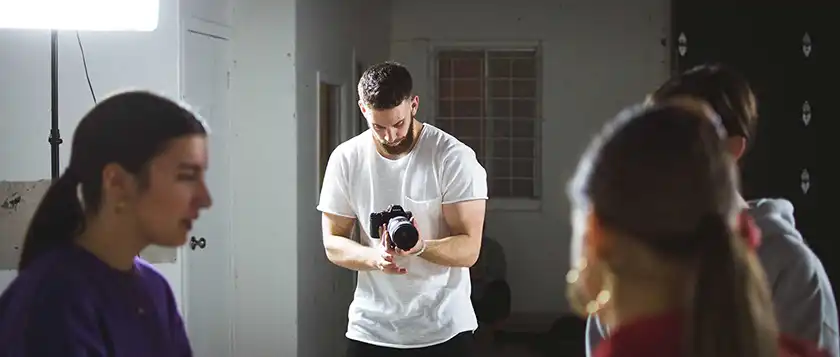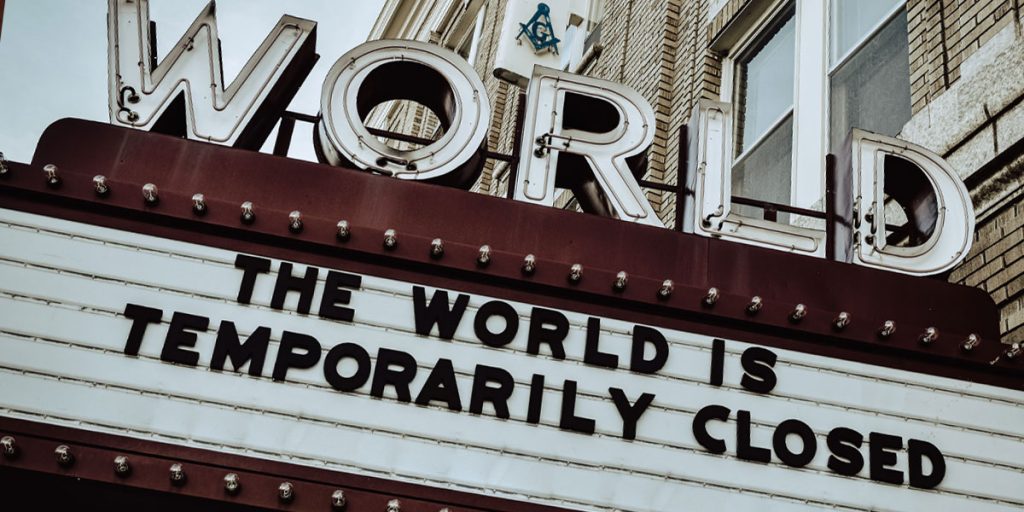What kinds of films will we see after the pandemic ends? Predictions on emerging film trends after covid, from apocalypses to small budget character dramas.
In my previous article on film after COVID, I explored what filmmaking might look like over the next few years. In this second article, let’s look at future film trends and subgenres that we might see in new features. The next article will be the final one in the series where I’ll share my thoughts about the future of film distribution.
FILM TRENDS AFTER COVID: END TIMES, ESCAPISM, AND CHARACTER DRAMAS
FILMS ABOUT COVID

After the pandemic ends, there will certainly be a wave of films about COVID itself—it’s a shared experience the entire world will have lived through and it’ll remain in the consciousness of popular culture for years to come. Documentaries will explore the spread of the virus, medical dramas will sensationalize the life and death implications of the pandemic, and quirky indie comedies will tell tales of romantic misadventures in quarantine. (Quarantinecore, anyone?) Lots of these films will come and audiences will quickly tire of them—they’ll have already lived through a pandemic and the last thing they want is to be reminded of it on the screen again and again. It will also be curious to see how films adapt to the reality of COVID. Will upcoming features from pre-existing properties like the Mission Impossible sequels (that had to halt production in Venice due to the virus) change their stories to adapt to the new reality of a post-pandemic world, or will films act as if it never happened and stay content in their depiction of the “normal” world before?
CINEMATIC APOCALYPSES

Cinema has always had a fascination with imagined end times as a response to real-life events. Think of the Cold War’s countless creature features about monsters birthed from nuclear radiation or the cinematic nightmares of hypothetical third world wars. It’s certainly possible to see the same circumstances happening post-COVID, as we are living through a generation-defining event marked by death and overall feelings of gloom and despair. Visually, the world itself looks like an actual apocalypse, with empty city streets and public venues. We could see lots of films concerned with viral apocalypses, from realist disaster dramas in the vein of Steven Soderbergh’s Contagion, race against the clock pandemic thrillers like Wolfgang Peterson’s Outbreak, or even a resurgence of low-budget zombie flicks to chill the horror crowd. For some, pandemic films will hit too close to home, sensationalizing a grave event that the globe collectively experienced, so perhaps filmmakers instead look to different topics for cinematic apocalypses, like climate disasters or extraterrestrial invasions.
ESCAPISM

Having experienced a pandemic and its economic and social fallout, I think audiences will look to new films for entertainment that offers a positive escape from reality. First, they will be drawn to escapism in spectacle, blockbuster adventures that immerse them into imaginative cinematic worlds. Second, audiences will be drawn to escapism in story, films that take them on thrilling and captivating narrative journeys. Third, audiences will look to “emotional escapism” in fun, feel-good comedies or dramas that counteract the grim despair of reality. It’s also possible that we see a new wave of optimistic utopian science fiction, with films that portray ideal future societies that could be, following our own dystopia we will have lived through.
CHARACTER DRAMAS AND “BOTTLE FILMS”

With smaller budgets, crews, and casts, we will also see more smaller-scale, character-driven films over the next few years. Utilizing available locations, filmmakers will look to more realistic dramas and comedies that offer rich story and characters, an antidote to CGI spectacle that grounds us and reminds us of the compelling simplicity of narrative storytelling captured through the medium of film. We might also see single location films, something akin to television’s “bottle episode,” made with as few resources and characters as possible. And this isn’t to dismiss genre filmmaking either—horror and thriller films have found confined settings and sparse narratives suitable for building tension and terror.

